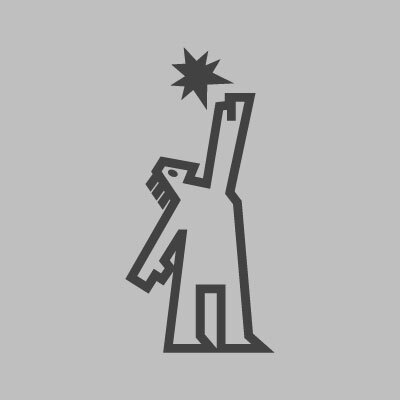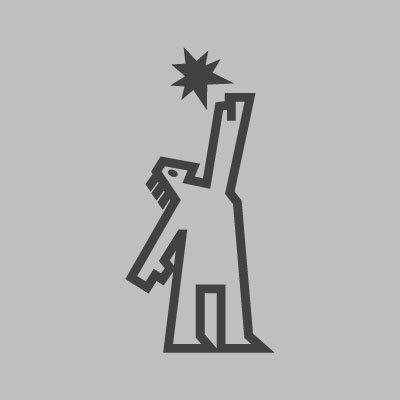Primary care is a fundamental part of health policy
Units should be capable of creating epidemiological profiles

SANTO DOMINGO. The Minister of Public Health, Freddy Hidalgo, said during his participation in the Dialogo Libre of the Diario Libre newspaper that primary attention and care is one of the fundamental core concepts of Public Health policy during the present administration and in this sense they have increased the number of health promoters.
Hidalgo pointed out that in the different administrations of the ministries of Health "a lot of value was placed on the basis of the administration of as many hospitals that they have built and how many hospitals they had. For us this is one of the central ideas that is much more important," the official declared.
He revealed that in this line of thinking, there are 1,725 Primary Attention Units (UN AP) in the country with the capacity, each one, to attend between 500 and 700 families that should receive the first level of care or preventive medicine and work on the programs of attention and health that the entity is carrying out through the promoters.
"We arrived and we found some 2,000 plus health promoters on the payroll of Public Health. In these two years, so that you can see if we are paying attention to the issue of the promoters and primary care, we have contracted some 3,000 promoters more, because we have proposed to work and achieve that for each 80 to 100 families there is a health promoter," he said.
He explained that the work of the promoter together with that of the doctors and nurses is "to create the epidemiological profile of a determined health territory and this is what permits that the Primary Care Unit can carry out its work."
3000 more promoters
He pointed out that the health promoters should visit each house and fill out a form to identify each one of the members of the family and determine their needs, as well as the condition and the surroundings of the house in which they live.
He said that one of the challenges of primary care is "to increase the capacity to resolve at the primary level of attention because it is well known that nearly 50% to 80% of our people can be treated at the first level of attention because we have the hospitals so full. Because at the first level of attention there is little capacity to resolve the situation, above all the diagnostics, and this is what we are trying to resolve with the construction of the 50 diagnostic centers at the national level, that are going to provide service of sonography, mammography, x-rays, colonoscopy, clinical laboratory, electrocardiograms, and basic specialties such as pediatrics, gynecology and obstetrics, internal medicine, family medicine and psychology."
The role of the promoter
There is a family file for each family that is within the unit of primary care; it should be up-to-date, completed by the health promoter, who goes to the house and looks for other information: How persons make up this household? How many children of less than five years of age are there? How many of those children have all their vaccinations up-to-date? Which ones are they missing? And if they are missing some vaccinations they are to provide them. How many of the adults that are there have hypertension, or are diabetic, or anemic or asthmatic? And based on this, they then can work so that this individual can maintain a permanent communication with the primary care unit to which he is ascribed, which is the one that he should visit. This also permits that they can see the environmental surroundings in which the family lives, and that there is a pool of water nearby, that there is a pigsty, in the case of rural areas, and that there are breeding grounds for mosquitoes, the condition of the roof, the condition of the floor, the condition of the walls and then with this information you are capable of creating what is the epidemiological profile of a given health territory and this is what permits that the Primary Care Unit can work.
Other issues
Private sector rejection to primary care
The Minister of Public Health indicated that in the private sector they have found resistance. "The greatest difficulties that we have had is that the client, the patient, thinks that he is going to lose his traditional family doctor, when he thinks that he is going to lose them there is no stimulus to use primary care. And then there is a resistance of the Doctor himself, who thinks "I'm going to lose my patient", with a filter-the primary care center-, and this will cause resistance. But I think it doesn't have to be like that."
The response to the Basic Health Plan
Hidalgo has an answer to the Administers of Health Risks (ARS) regarding the modifications that they are demanding to the list of medications of the Basic Health Plan and he said that they removed a group of pathologies and introduced others. Hidalgo Nuñez expects that just as the insurers pressure for the changes, they support the reforms when they are taken to the CN SS for their discussion and approval.
Support for nurses
Because he considers it unfair, Hidalgo will suggest to the authorities that the nurses' pensions include the incentives that they receive, so that they can collect their salaries as if they were active. He explained that for a nurse who receives RD $22,000, including a base salary of RD $14,000 and incentives, at the moment she receives her pension, which is 90% of the salary they take away the incentives and therefore her income is reduced to 20%.
Hidalgo pointed out that in the different administrations of the ministries of Health "a lot of value was placed on the basis of the administration of as many hospitals that they have built and how many hospitals they had. For us this is one of the central ideas that is much more important," the official declared.
He revealed that in this line of thinking, there are 1,725 Primary Attention Units (UN AP) in the country with the capacity, each one, to attend between 500 and 700 families that should receive the first level of care or preventive medicine and work on the programs of attention and health that the entity is carrying out through the promoters.
"We arrived and we found some 2,000 plus health promoters on the payroll of Public Health. In these two years, so that you can see if we are paying attention to the issue of the promoters and primary care, we have contracted some 3,000 promoters more, because we have proposed to work and achieve that for each 80 to 100 families there is a health promoter," he said.
He explained that the work of the promoter together with that of the doctors and nurses is "to create the epidemiological profile of a determined health territory and this is what permits that the Primary Care Unit can carry out its work."
3000 more promoters
He pointed out that the health promoters should visit each house and fill out a form to identify each one of the members of the family and determine their needs, as well as the condition and the surroundings of the house in which they live.
He said that one of the challenges of primary care is "to increase the capacity to resolve at the primary level of attention because it is well known that nearly 50% to 80% of our people can be treated at the first level of attention because we have the hospitals so full. Because at the first level of attention there is little capacity to resolve the situation, above all the diagnostics, and this is what we are trying to resolve with the construction of the 50 diagnostic centers at the national level, that are going to provide service of sonography, mammography, x-rays, colonoscopy, clinical laboratory, electrocardiograms, and basic specialties such as pediatrics, gynecology and obstetrics, internal medicine, family medicine and psychology."
The role of the promoter
There is a family file for each family that is within the unit of primary care; it should be up-to-date, completed by the health promoter, who goes to the house and looks for other information: How persons make up this household? How many children of less than five years of age are there? How many of those children have all their vaccinations up-to-date? Which ones are they missing? And if they are missing some vaccinations they are to provide them. How many of the adults that are there have hypertension, or are diabetic, or anemic or asthmatic? And based on this, they then can work so that this individual can maintain a permanent communication with the primary care unit to which he is ascribed, which is the one that he should visit. This also permits that they can see the environmental surroundings in which the family lives, and that there is a pool of water nearby, that there is a pigsty, in the case of rural areas, and that there are breeding grounds for mosquitoes, the condition of the roof, the condition of the floor, the condition of the walls and then with this information you are capable of creating what is the epidemiological profile of a given health territory and this is what permits that the Primary Care Unit can work.
Other issues
Private sector rejection to primary care
The Minister of Public Health indicated that in the private sector they have found resistance. "The greatest difficulties that we have had is that the client, the patient, thinks that he is going to lose his traditional family doctor, when he thinks that he is going to lose them there is no stimulus to use primary care. And then there is a resistance of the Doctor himself, who thinks "I'm going to lose my patient", with a filter-the primary care center-, and this will cause resistance. But I think it doesn't have to be like that."
The response to the Basic Health Plan
Hidalgo has an answer to the Administers of Health Risks (ARS) regarding the modifications that they are demanding to the list of medications of the Basic Health Plan and he said that they removed a group of pathologies and introduced others. Hidalgo Nuñez expects that just as the insurers pressure for the changes, they support the reforms when they are taken to the CN SS for their discussion and approval.
Support for nurses
Because he considers it unfair, Hidalgo will suggest to the authorities that the nurses' pensions include the incentives that they receive, so that they can collect their salaries as if they were active. He explained that for a nurse who receives RD $22,000, including a base salary of RD $14,000 and incentives, at the moment she receives her pension, which is 90% of the salary they take away the incentives and therefore her income is reduced to 20%.


 Diario Libre
Diario Libre
 Diario Libre
Diario Libre